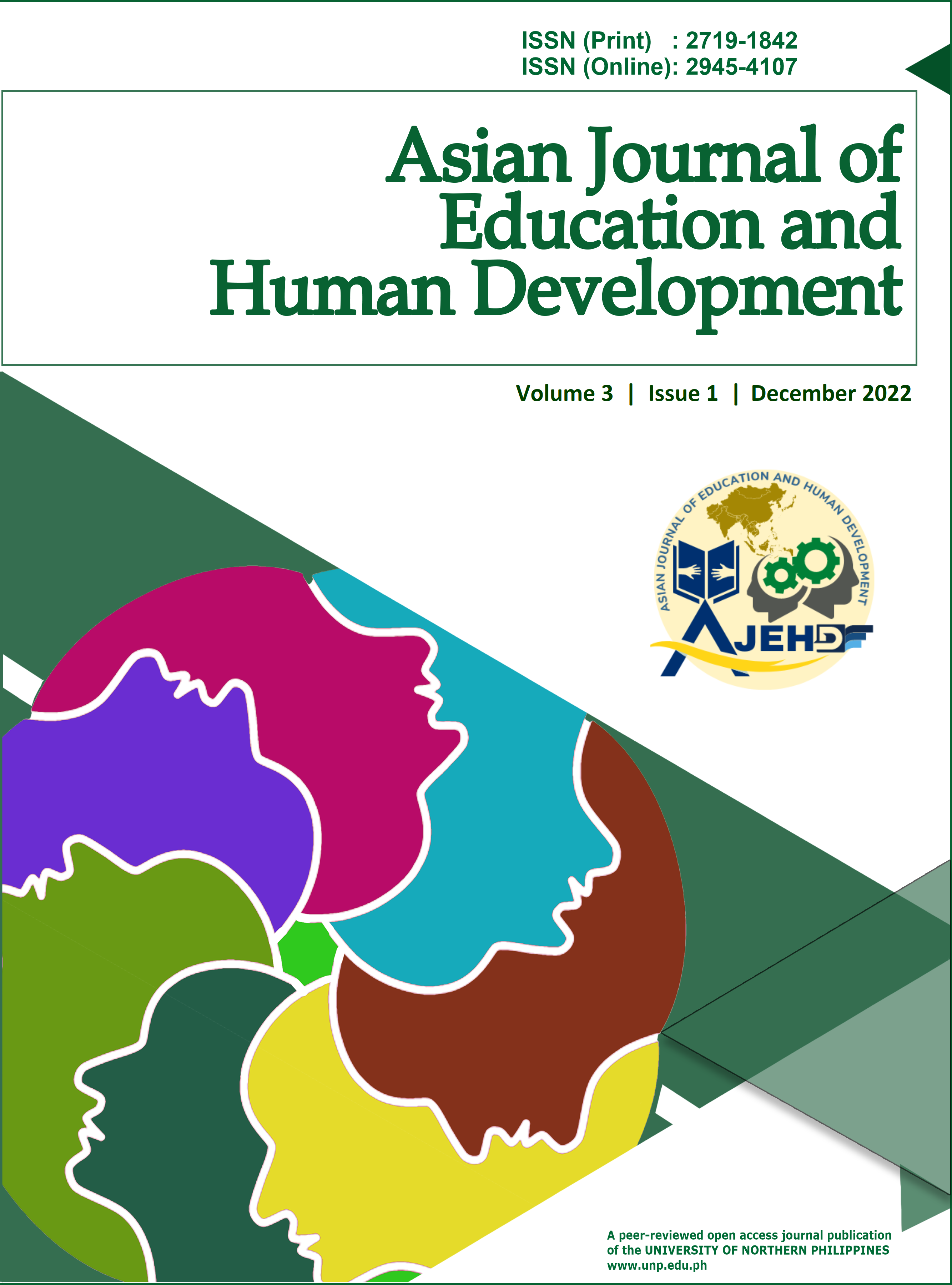Preparedness of University Personnel on the Management of Common Medical Emergencies
DOI:
https://doi.org/10.69566/ajehd.v3i1.45Keywords:
teaching, non-teaching, difference, male, trainingAbstract
Preparation before an emergency is critical in ensuring that employers and workers have the necessary knowledge and skills on where to go and how to keep themselves safe. This study determined the level of preparedness of UNP personnel on the management of common medical emergencies and its relationship with selected socio-demographic factors. The study used the descriptive-correlational research method using the G power. 202 teaching and non-teaching personnel of the University of Northern Philippines were determined using the purposive sampling technique. The study findings were: A great number of the respondents are 40-44 years old, master's graduates with a monthly income of below Php30,000, 15-19 years in service, and male; a great majority are married. The majority of the respondent's sources of information are television, doctors, and newspapers. The respondents are highly prepared for the management of common medical emergencies. They are prepared to manage wounds, burns, nose bleeding, fainting, difficulty breathing, choking, bites, and fractures. The sex, educational attainment, and level of preparedness of the respondents have a significant relationship with their preparedness for the management of common medical emergencies. The male and those who have attained a higher education degree are well prepared to manage common medical emergencies. Although they have a high level of preparedness, their seminars and expertise must be improved.
Downloads
Downloads
Published
Issue
Section
License
Copyright (c) 2022 The Asian Journal of Education and Human Development (AJEHD)

This work is licensed under a Creative Commons Attribution-NonCommercial-ShareAlike 4.0 International License.








